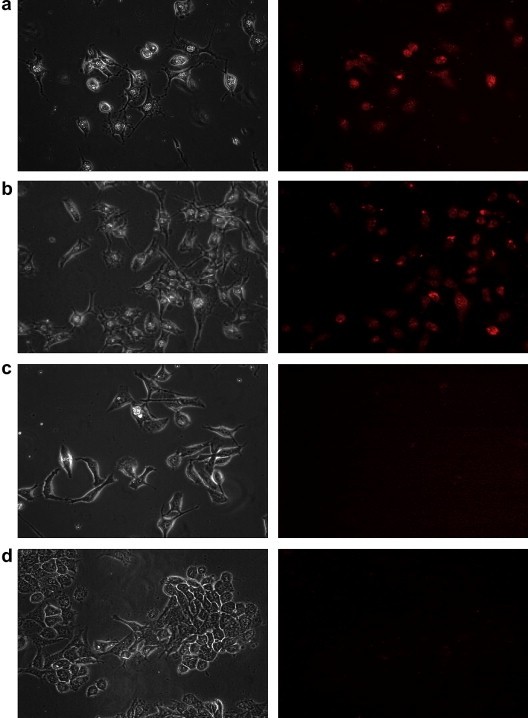US scientists develop 'light up' delivery monitoring tech

Developed at the University of Central Florida (UCL), the electronic quantum dots (Qdots) use optical and magnetic nanoparticles to emit a red colour that can be seen under a microscope.
The probe is made up of a superparamagnetic iron oxide nanoparticle core (IONP) “decorated” with STAT3 inhibitor anti-cancer agent loaded Qdots.
They also use vitamin folate as a targeting motif, and m-polyethylene glycol as a hydrophilic dispersing agent.
The Qdots’ luminescence is turned off until it reaches the target cells by conjugating them with electron-rich ligands.
Once the target environment is reached, cytosolic glutathione (GSH) detaches surface-bound ligands and the quenching processes are stopped allowing it to “glow” so the researcher can see where and how much of the drug has been delivered.
Lead researcher Swadeshmukul Santra said the research is a significant breakthrough for drug delivery.
He said that though studies before it have shown engineered nanoparticles are capable of imaging tumours, “no major breakthrough in nanoparticle engineering has been made for direct imaging of intracellular drug delivery events.”
In the paper, titled ‘An activatable multimodal/multifunctional nanoprobe for direct imaging of intracellular drug delivery’, Santra et al wrote: “Current nanoparticle technology allows for imaging of particles carrying therapeutic drugs.
“However, no activatable drug delivery system has been reported to date that has demonstrated the ability to directly confirm intracellular drug release upon reaction with a cytosolic biomolecule.”
And of the technology’s potential, UCL researchers are now hopeful it will impact the oncology development community immediately.
In a statement, Sudiptal Seal, the director of UCF's NanoScience Technology Center said: “This new diagnostic tool will certainly impact the field of nanomedicine.”
Whilst Santra added that he believes the potential applications for drug testing, specifically for cancer research, are immediate.













